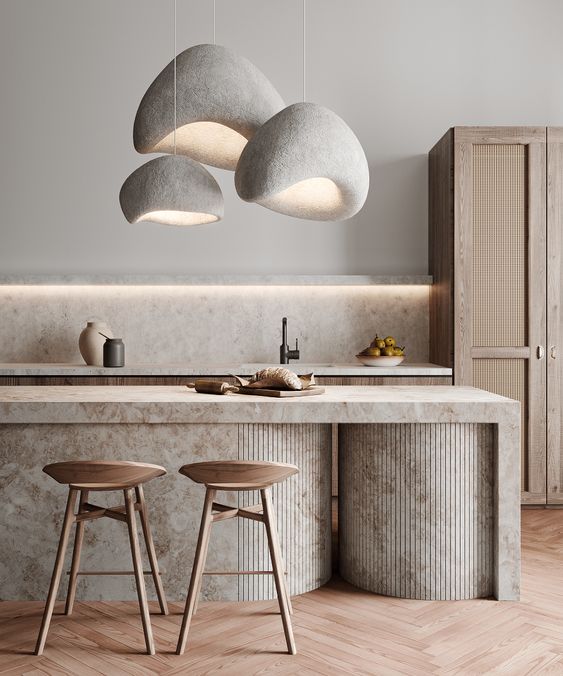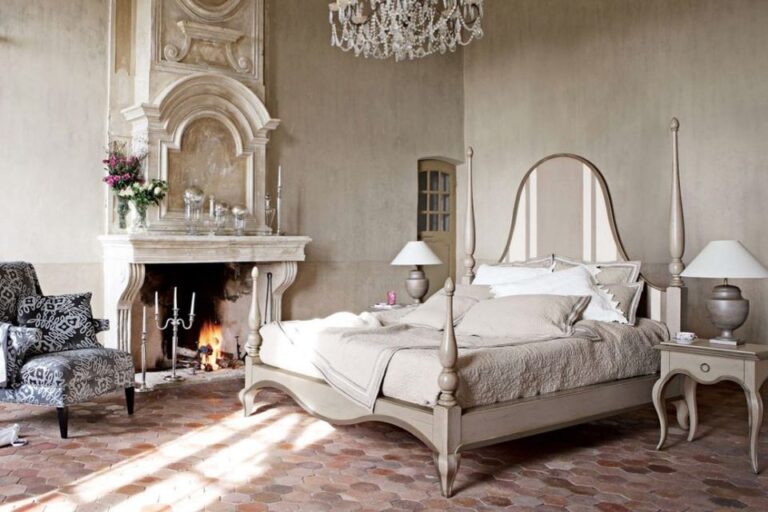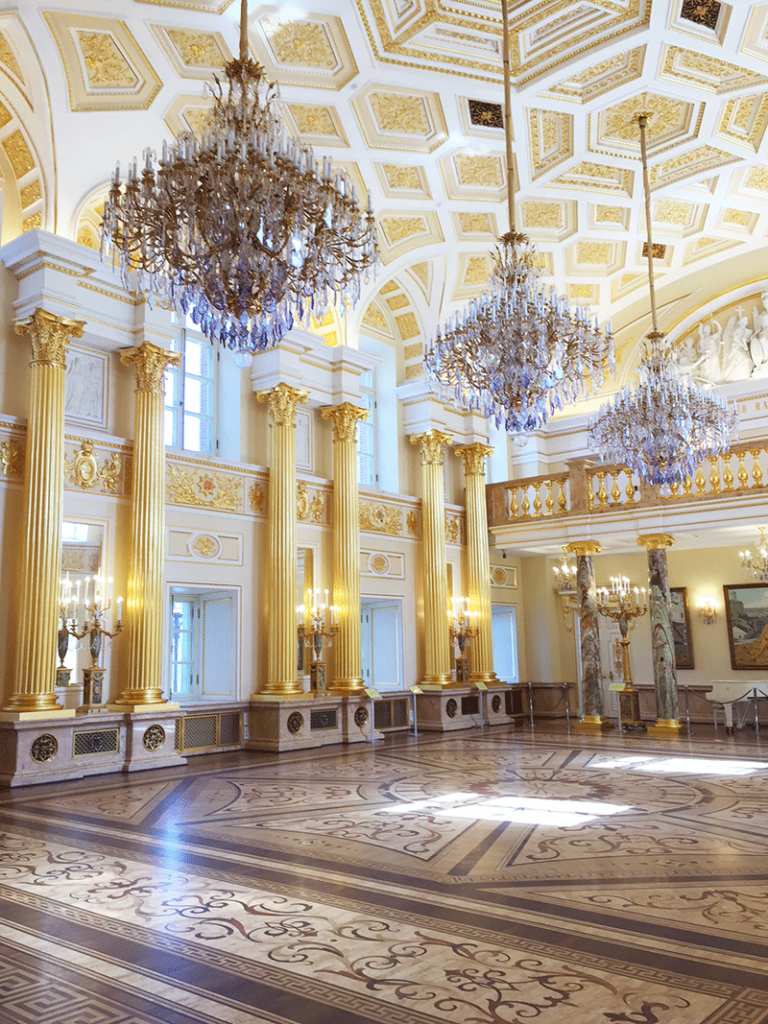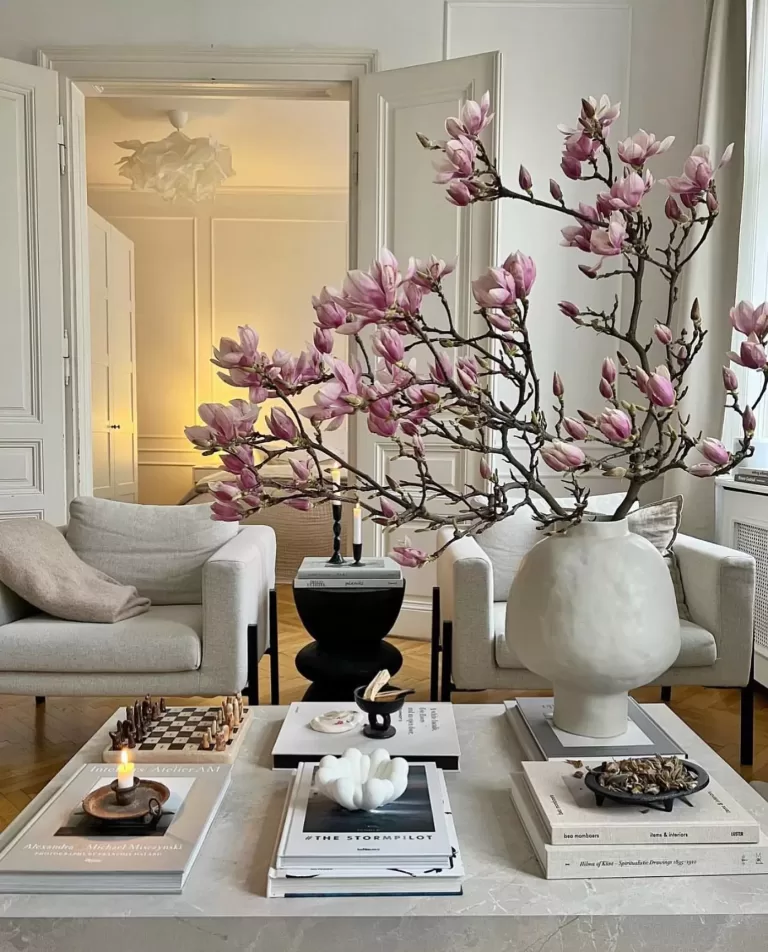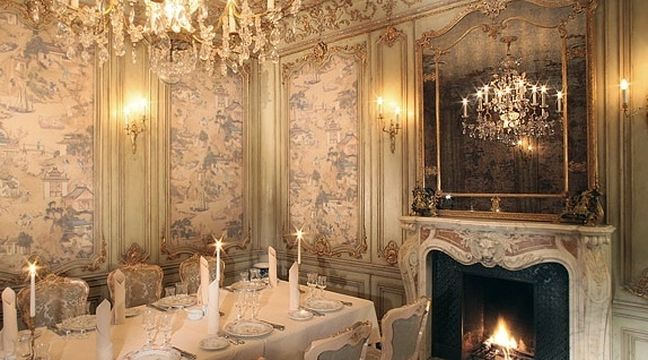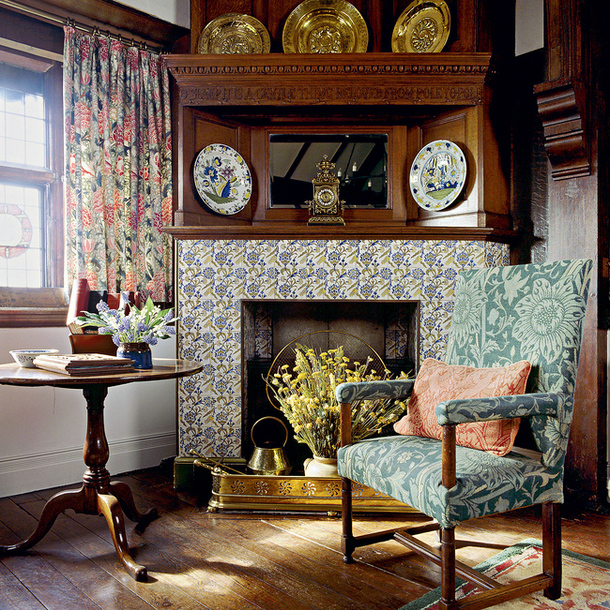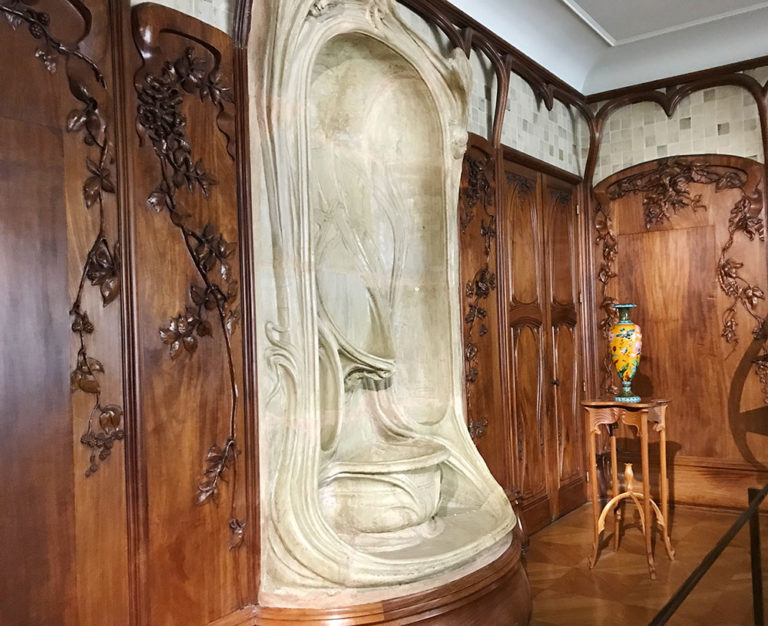Japandi Style in Interior Design: Its History and Key Features
The Japandi style has become increasingly popular in recent years, particularly in interior design. This style combines the best of both Japanese and Scandinavian designs to create a modern, minimalistic look. But what exactly is Japandi, and how did it come about? In this article, we explore the history and main characteristics of this design trend.
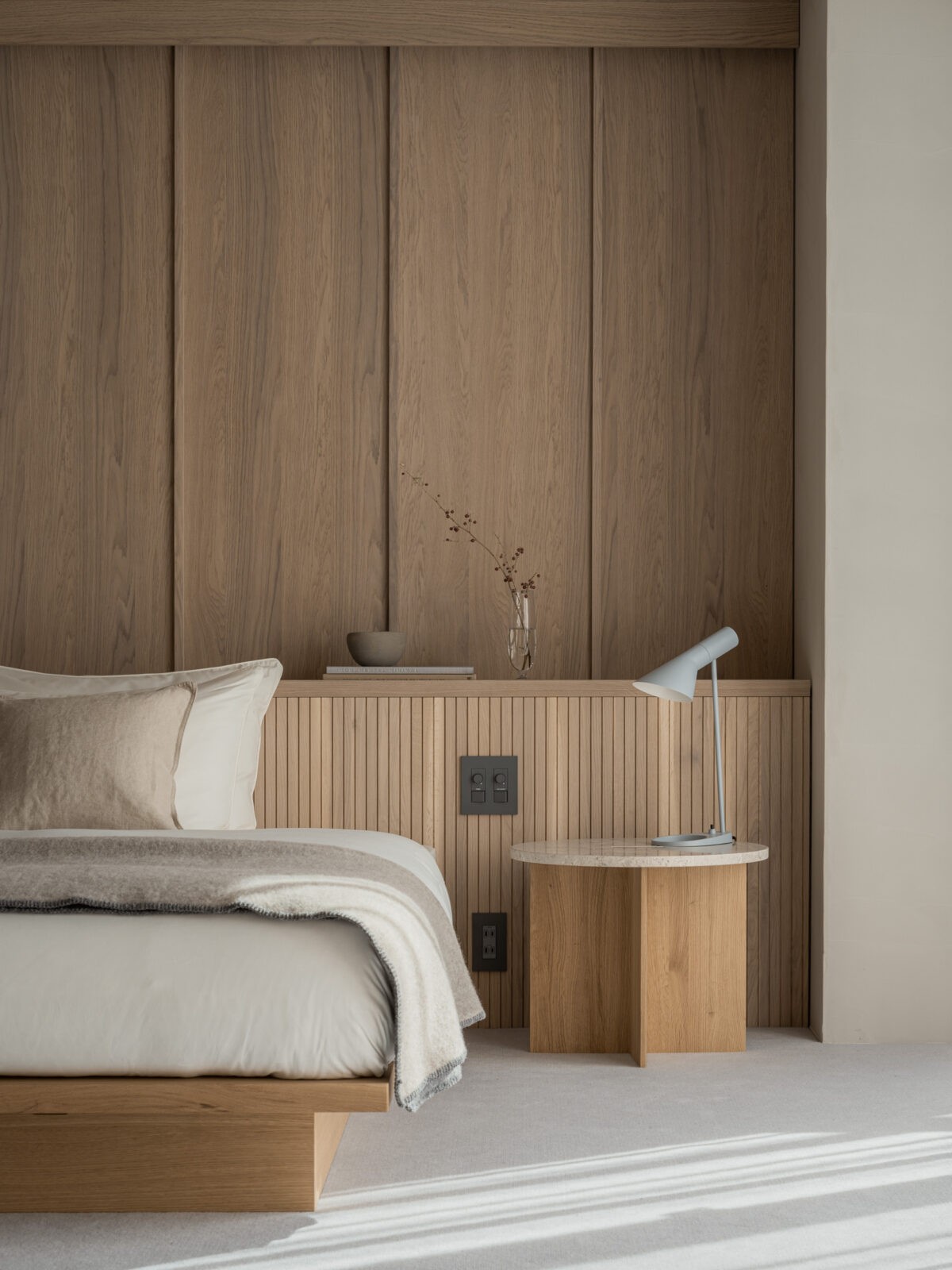
The Japandi style is a hybrid of two popular design trends – Japanese and Scandinavian. This combination fuses the clean lines and minimalistic aesthetic of Scandinavian design with the subtle, organic qualities of Japanese design. The result is a sophisticated look that is both minimalist and cozy.
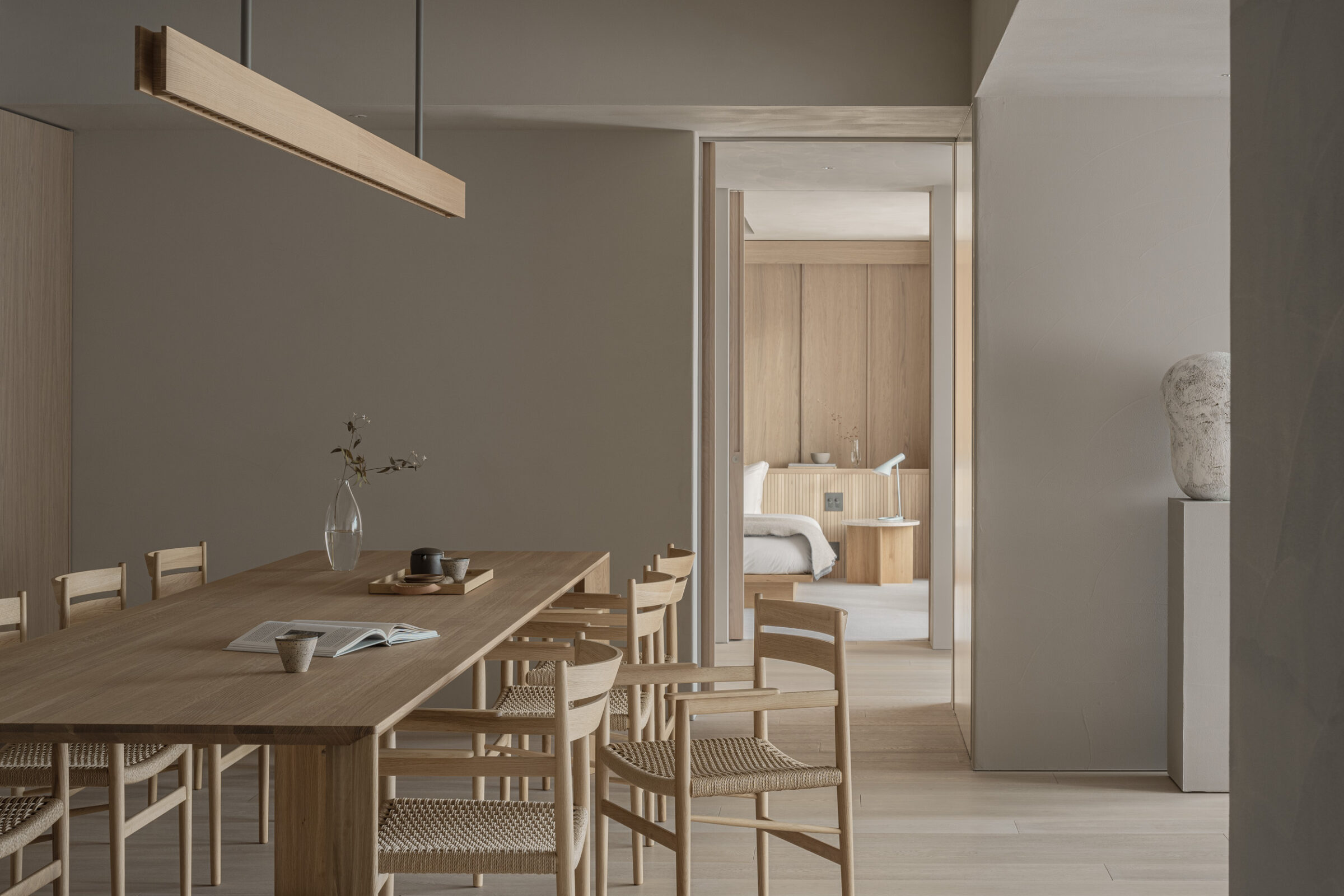
Hiroo Residence by Keiji Ashizawa Design
The main characteristics of Japandi style are clean lines, minimalism, functionality, and natural materials. Natural elements such as wood, stone, and plants are key in creating a cozy yet modern atmosphere. Furniture pieces are often designed with simple lines, neutral colors, and muted tones. Lighting is also important, as the aim is to create a subtly illuminated atmosphere in which to relax.
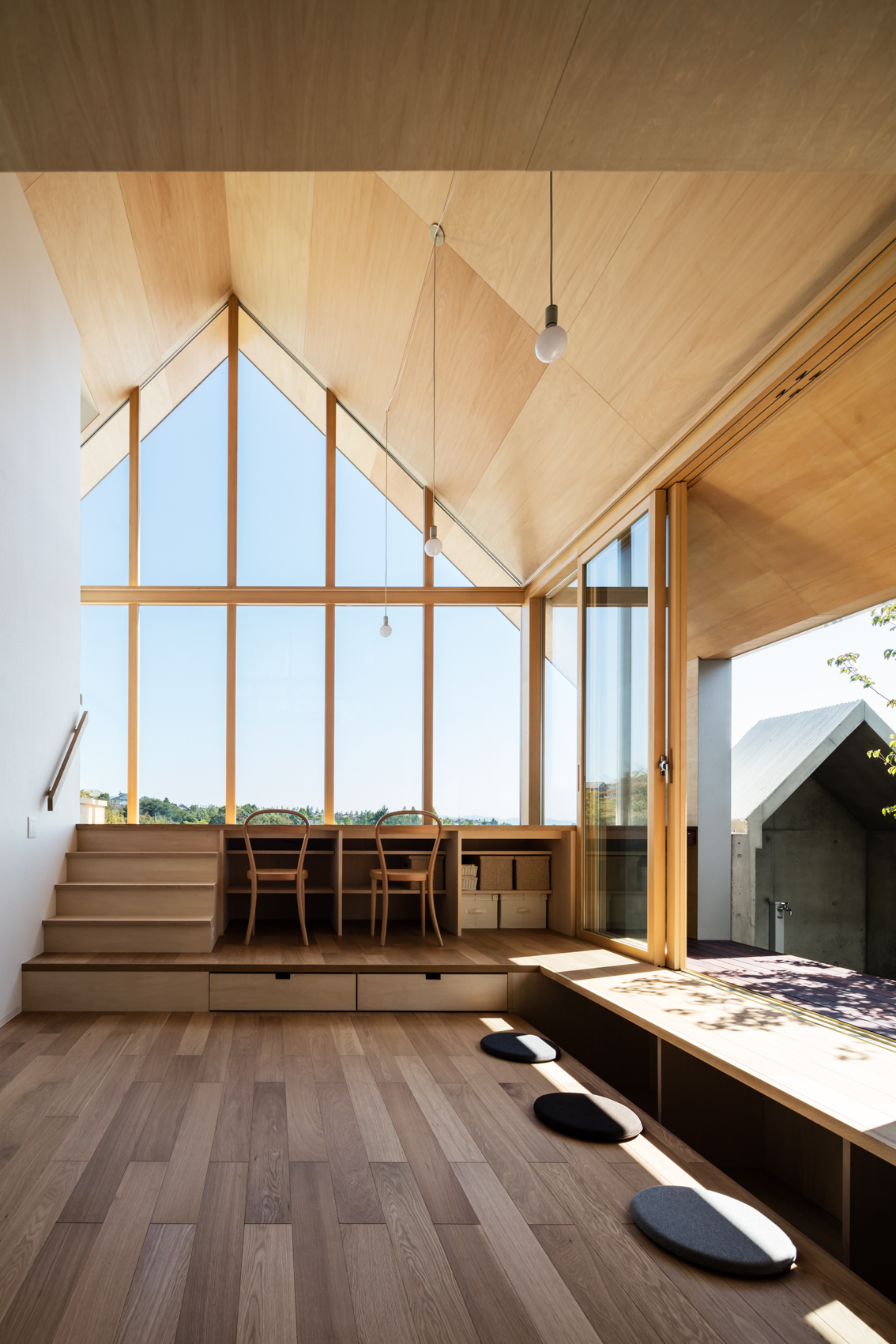
Japandi style is like mixing two different kinds of art and design. It is a mix of Japanese and Scandinavian design, where you take the clean lines and minimalistic look of Scandinavian design and add the subtle organic elements of Japanese design. It is a modern look that is both cozy and very minimalistic. It is characterized by natural elements such as wood, stone, and plants, and furniture that is simple and made from neutral colors. The idea is to have nice, soft lighting to create a soothing atmosphere.
A key element of the Japandi style is the use of texture. Textures are used in furniture and décor to add warmth and visual interest. A mixture of different textures and materials helps to create a dynamic and visually appealing space.
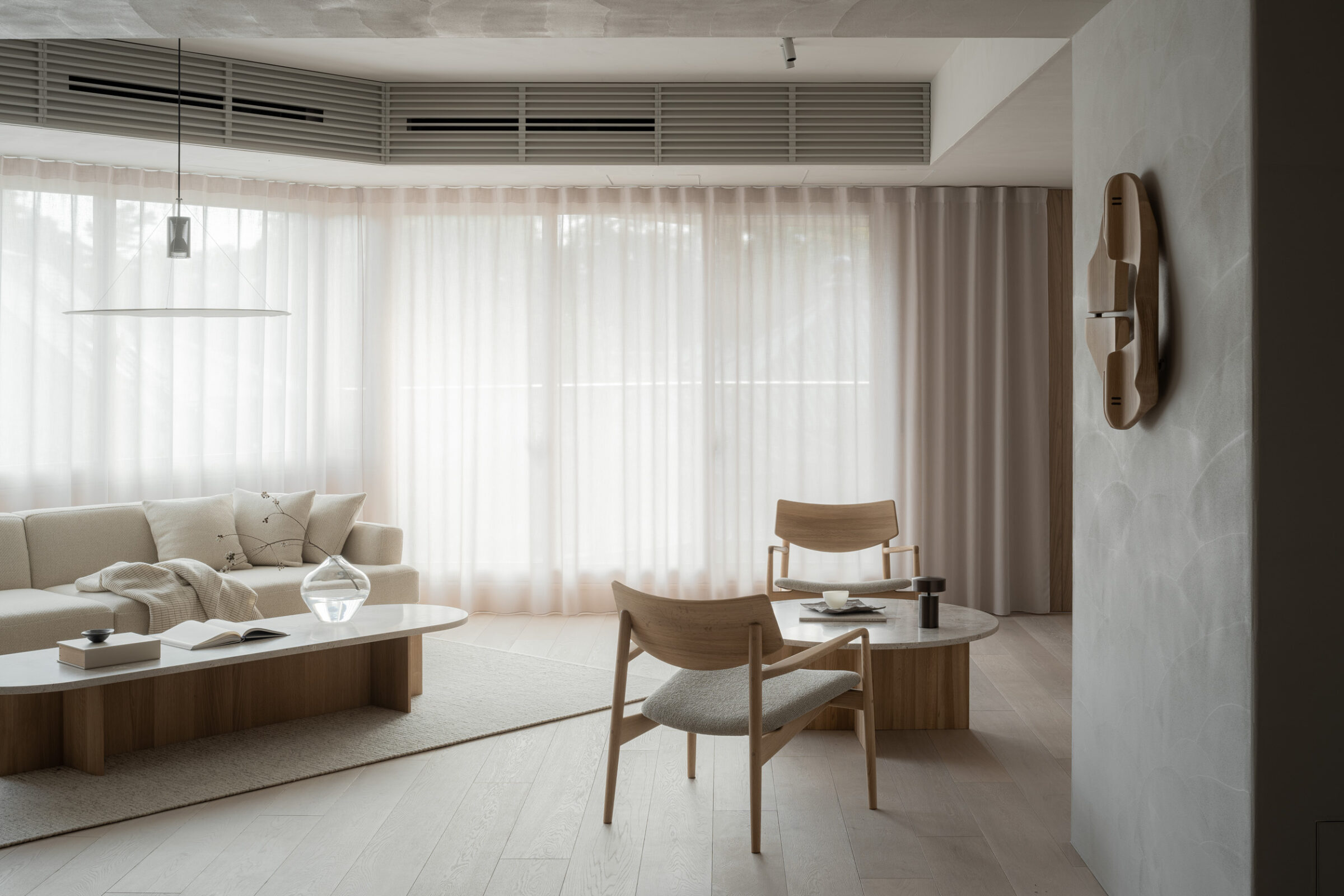
Another key element of Japandi style is the use of asymmetry. While Scandinavian design is heavily focused on symmetry and order, Japandi style is more relaxed and allows for the use of asymmetric pieces. This helps to add to the overall aesthetic and create a unique look.
The smoothness of polished wood is contrasted in Japandi interiors with uneven surfaces of the wabi-sabi style: it can be textured stone on the floor, “sloppy” glazed ceramics using the raku technique, an installation made of driftwood washed up on the shore, or a man-made stool made of solid wood. The simplicity of forms and the absence of bright colors serve as a perfect backdrop for classic Scandinavian design.
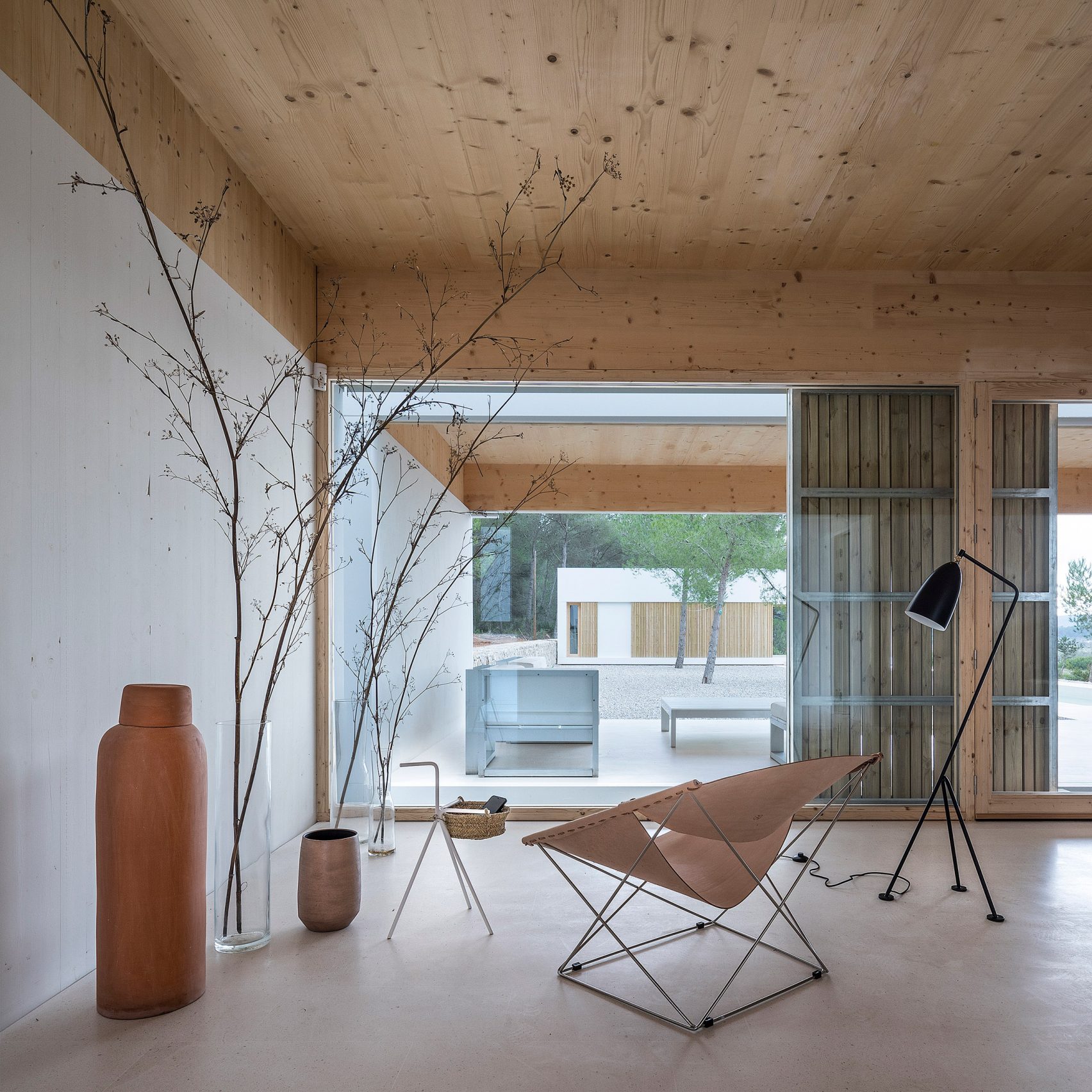
The Japandi style is great for creating a modern but cozy atmosphere in any space. It is perfect for the home but can also be used in commercial settings. With its combination of minimalist design, quality materials, and subtle textures, the Japandi style is sure to make any space look stylish and inviting.
Want to learn more about various historic interior styles? Check out my e-book “History of Styles”:

